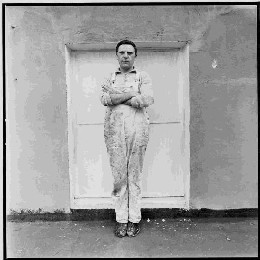
Gerhard Richter
sichtweise-schichtweise
From 1961 to 1964 Gerhard Richter studies at the “Staatliche Kunstakademie Duesseldorf” under Karl Otto Goetz. This is where his friendship to Polke, Lueg and Palermo starts. Along with Polke and Lueg Richter founds the “demonstration for capitalist realism” in 1963. The goal of this art movement is to critically reflect upon societal consumption. The artists prefer to use objects from the mass media.
Richter’s first exhibition with Polke and Lueg is being held in 1963 in a small shop in Duesseldorf . In 1964 he has the chance for his first one-man-show at the Heinrich Friedrich Gallery in Munich and Alfred Schmela Gallery in Duesseldorf.
In the beginning, Richter builds his art upon Pop-Art, abstract expressionism as well as neo-Dada and Fluxus. In the early 60s he starts using photographs as pattern for his paintings. His method close to photo realism is characterized by a blurred appearance which estranges the realism of the pattern. Quite often Richter goes beyond this blurred appearance and even pulls furrows through the surface of the painting, a method later used in his abstract works. Or he reduces the copied photograph to blurred sights which barely show a resemblance to its photographed reality.
In 1989, he attracts attention with the “Stammheim Cycle”. It is a series of peronsal belongings and police photos of the dead RAF prisoners Gudrun Ensslin and Andreas Baader, “Cyle for October 18, 1977”.
In the 90s he works on wonderful, multiple layer water color paintings of unique beauty and depth.
Richter’s international artistic recognition is being expressed in an exceptional retrospective in Paris, Bonn, Stockholm and Madrid in 1993/94. In 2002, the Museum of Modern Art New York (MOMA) celebrates Richter’s 70th birthday with the largest exhibition (188 works) ever dedicated to a living artist.

